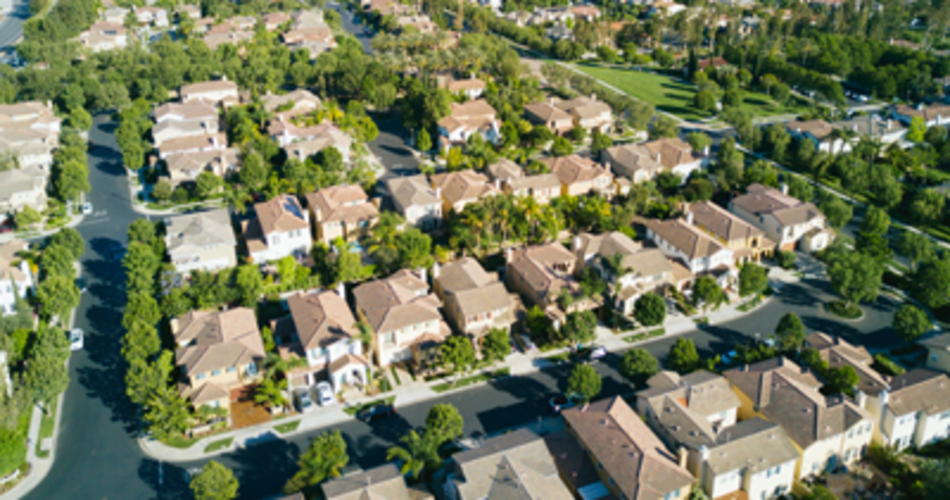 Network infrastructure, specifically cabling, is often not recognized publicly for its value. This is probably because a great infrastructure is designed and installed, so cabling is out of sight, out of mind and out of the way. Most industry talk today is of wireless and its growing ubiquitous availability, and by the very definition of the term, suggests “less wire.” However, I think focusing on the savings in cabling is a distraction from the true advantages of wireless, and is a little misleading. There is still a lot of wire in wireless.
Network infrastructure, specifically cabling, is often not recognized publicly for its value. This is probably because a great infrastructure is designed and installed, so cabling is out of sight, out of mind and out of the way. Most industry talk today is of wireless and its growing ubiquitous availability, and by the very definition of the term, suggests “less wire.” However, I think focusing on the savings in cabling is a distraction from the true advantages of wireless, and is a little misleading. There is still a lot of wire in wireless.
In fact, there will be a need to “wire more to wireless,” as wireless networks transform to smaller and smaller cells to achieve the capacity and coverage users and devices require. And with the much heralded advent of the Internet of Things, the number of connections required will only increase.
Regardless of the talk of a future wireless world, such a place will still be highly dependent on a network infrastructure based on cables, albeit a large part of it being optical fiber rather than wire. As such, all infrastructure considerations must begin with a structured approach to cabling. Structured cabling is the accepted way of dealing with the proliferation of interlinked electronic devices. Because a single type of copper and/or optical fiber cable is able to meet a variety of communications needs, the wide adoption of structured cabling will continue as applications expand from voice, data and video to include building automation systems, security systems and other control networks. However, different cabling types have restrictions on their applications and specific capabilities. Design teams will need to evaluate the choice carefully with the building use and longevity in mind.
Hopefully very few building developers today would dream of specifying a new office without adequate vertical ducts, generous floor-to-ceiling heights or access floors. Also, simpler design strategies for rehabilitating older buildings are becoming routine. Designers are finding ways to achieve simpler, cheaper and neater architectural solutions to problems associated with accommodating networks. Also, it is now far more common for clients, IT specialists, facilities managers, and all of the many and varied members of building design teams to “be on same page” during the design and building process.
The process of diffusing networks throughout organizations is not – nor ever will be – complete. Wherever, whenever and however connections arrive, there always will be trouble and change. There is no doubt organizations are increasingly dependent on communication networks and, therefore the relationship between networks and building design is simply far too important to the survival of many organizations ever to be forgotten or ignored.
Do you want to learn more about how to wire more for wireless? I bet you do.







